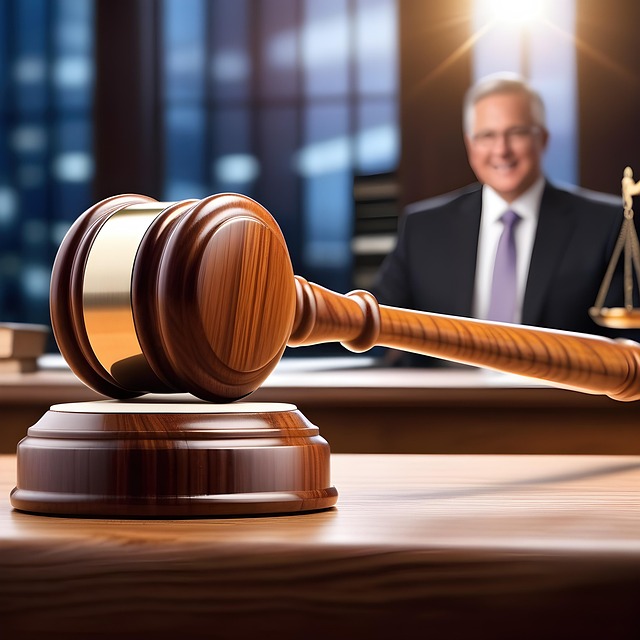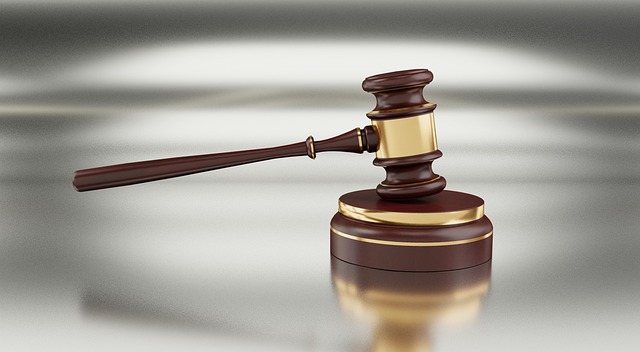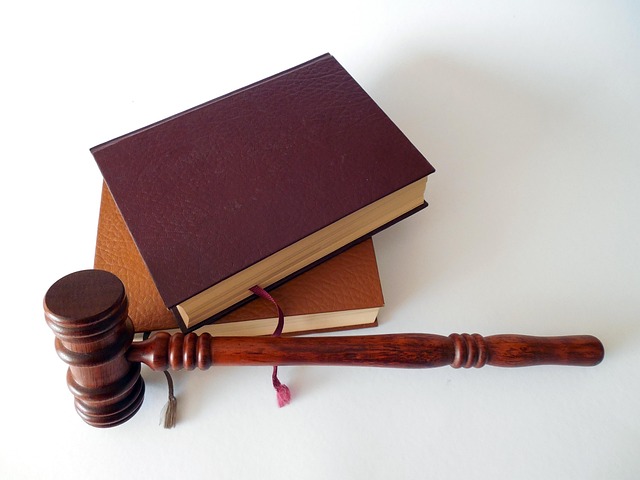After a personal injury trial verdict, several post-trial processes ensure justice and enforce the jury's decision. The court issues an order detailing remedies, which may include financial settlements or specific performance. Winning parties enforce verdicts through legal procedures to collect damages, while losing parties have a limited time to appeal. This dynamic shifts the role of attorneys from advocates to advisors, supporting clients in navigating post-verdict actions and exploring options for damage collection or appeals.
After a personal injury trial verdict is reached, the process doesn’t simply end. This article delves into the crucial steps that follow, exploring the intricate web of post-trial procedures. We’ll guide you through executing the jury’s decision, understanding appeals processes, and uncovering resources for compensation and recovery. From legal formalities to potential outcomes, gain insights into what happens next in the world of personal injury trials.
- Post-Trial Processes: Executing the Verdict
- – Understanding the execution of the jury's decision
- – Roles of attorneys and clients post-verdict
Post-Trial Processes: Executing the Verdict

After a personal injury trial verdict is reached, several post-trial processes are initiated to execute the verdict and finalize the case. The first step involves the court issuing an order based on the jury’s decision. This order ensures that the losing party complies with the judgment, which may include compensating the injured party for damages awarded. In cases of car accident injuries or business litigation, such as contract disputes, this could involve financial settlements or specific performance.
The winning party then moves to enforce the verdict by initiating legal procedures to collect the awarded damages. This process often involves serving official documents on the losing party and, in some instances, pursuing additional remedies if the judgment remains unpaid. These post-trial processes are crucial in ensuring that justice is served and that all parties involved fulfill their legal obligations as determined by the court during the personal injury trial.
– Understanding the execution of the jury's decision

After a personal injury trial verdict is reached, the execution of the jury’s decision begins. This involves several steps to ensure the outcome is fair and just for all parties involved. The court will first issue an order based on the verdict, outlining the specific remedies or damages awarded. In cases involving breach of fiduciary duty, elder abuse, or commercial disputes—all types that can lead to personal injury trials—the order may include compensation for medical expenses, lost wages, pain and suffering, or even punitive damages if malice was proven.
The next phase involves the court’s clerk reviewing the order and scheduling a hearing to ensure all legal requirements are met. During this hearing, both sides have an opportunity to present any final arguments or objections. Once the court addresses these issues, the judgment becomes final, and the losing party has a limited time to file an appeal if they believe errors were made during the trial.
– Roles of attorneys and clients post-verdict

After a personal injury trial verdict is reached, the roles of attorneys and clients shift significantly. The client now has a clear understanding of the outcome and can make informed decisions about their next steps. Their attorney plays a crucial role in providing support and guidance during this time. They will help interpret the verdict, explain any legal complexities, and offer advice on how to collect damages effectively.
For instance, if the verdict results in a favorable judgment, the client’s attorney will assist in negotiating with insurance companies to ensure the client receives the full amount they are entitled to, whether it’s for medical expenses, lost wages, or pain and suffering. In cases where the verdict isn’t as expected, an experienced accident attorney can help explore options for appeal or consider alternative methods to pursue compensation through homeowner insurance claims or employment contracts.
After a personal injury trial, the verdict marks a significant turning point. The successful party now faces the crucial task of executing the jury’s decision, which involves understanding and fulfilling the awarded damages. Attorneys play a pivotal role in guiding their clients through this post-trial process, ensuring that justice is not only served but also that all legal obligations are met, allowing for a fair resolution to the personal injury case.






